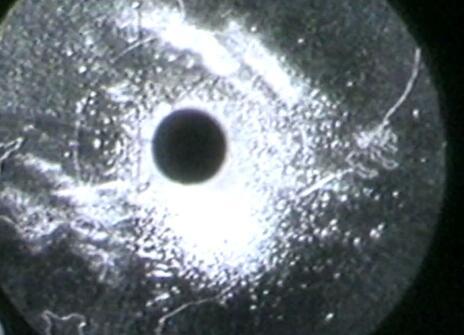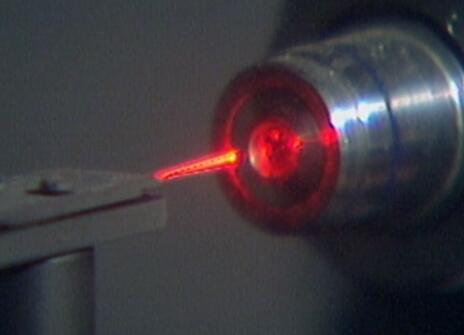Lecture 5 – The integrated body
From the 1985 lecture programme:
The body consists of many different organs each composed of enormous numbers of living cells. Yet the whole is far more than a mere colony, for all its activities are tightly coordinated to act as an individual animal or person. This is only possible because of an elaborate communication system of nerves that transmit messages between all parts of the body and the brain.
We will examine how nerve cells conduct such messages at up to one third the speed of sound. Modern electronic methods and clinical computers allow us to observe nerve signals and to measure their effects entirely from outside the body surface, without any pain or surgery. We can even follow reflexes that act via the spinal cord to save time and only inform the brain later. For purposes where speed is less important, the brain also controls a system of chemical messengers or hormones that are carried around the body in the bloodstream.
The brain itself is made of nerve cells and its operation depends upon the continuous processing of information, for decision making and control processes involve two-way communication. As the ultimate controller of the body, the brain is responsible for maintaining all internal activities as well as reacting appropriately to what is happening in the environment. Each of us possesses the most advanced communication system ever known, perhaps the best we can even envisage.
About the 1985 CHRISTMAS LECTURES
From the 1985 lecture programme:
People communicate all the time. A lecture is one special kind of communication but we communicate with each other in a wide variety of different ways, for otherwise, life itself would be impossible. The basic principles are really quite simple but the details are endless and fascinating. We will explore together the fundamental 'rules of the game’ of communicating and use them to examine a wide range of different examples.
The thread will run from personal exchanges and the rich variety of methods used by animals to modern telecommunications systems. A special branch of the subject is the use of echoes by radar and bats, which show remarkable parallels in their operation. Communication systems also link all parts of the body, coordinating its external actions and its internal maintenance under the ultimate control of the brain. This will lead us finally to computers that mimic many aspects of brain function and now extend our mental abilities enormously. Indeed, we will use computers for many demonstrations throughout the series of lectures.
All these topics will take us from the microscopic scale of silicon chips and nerve membranes to worldwide technology and even deep into space. We shall need to draw upon elements of chemistry, engineering, physics, zoology and many other branches of science for the subject is truly universal in scope.





